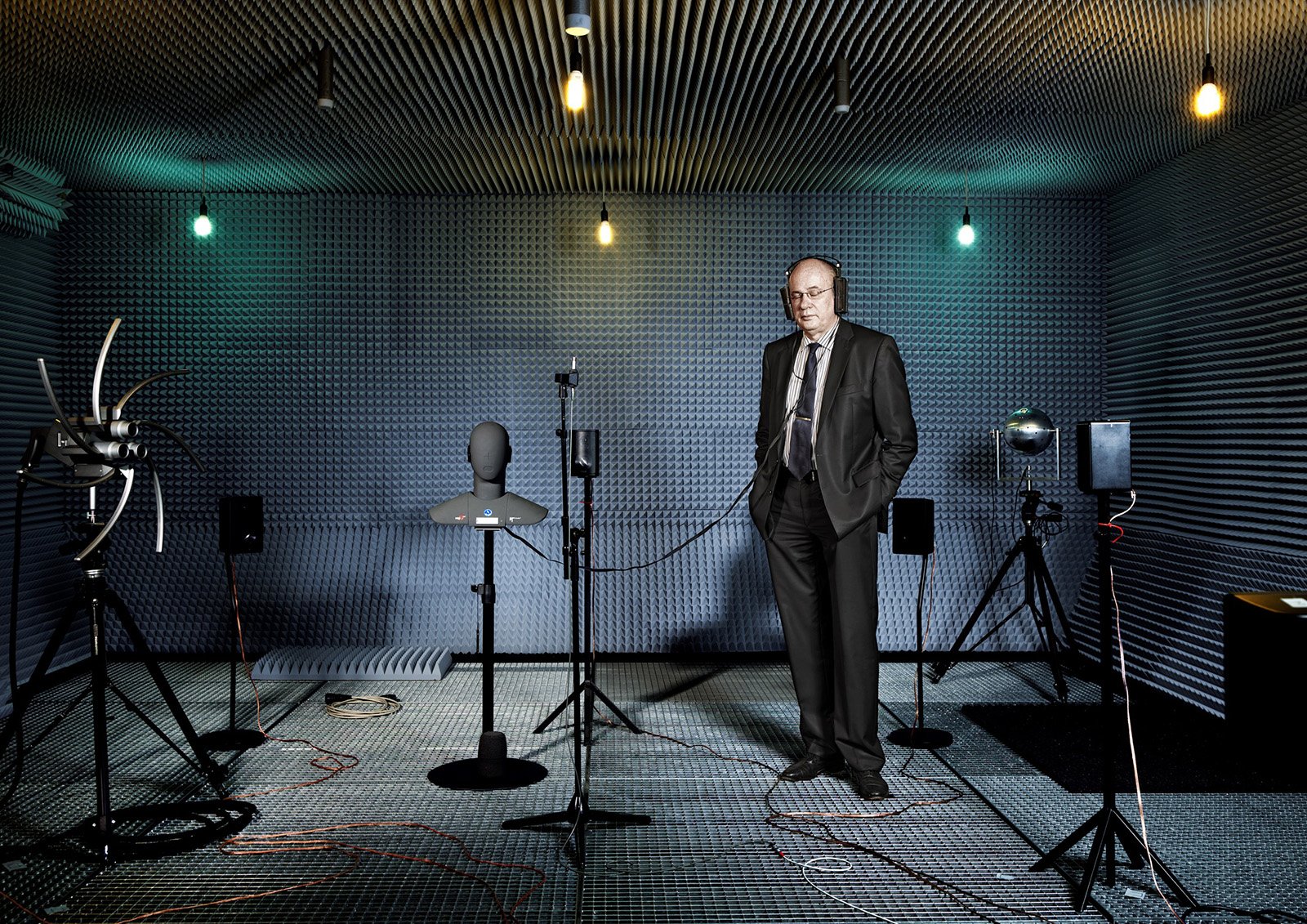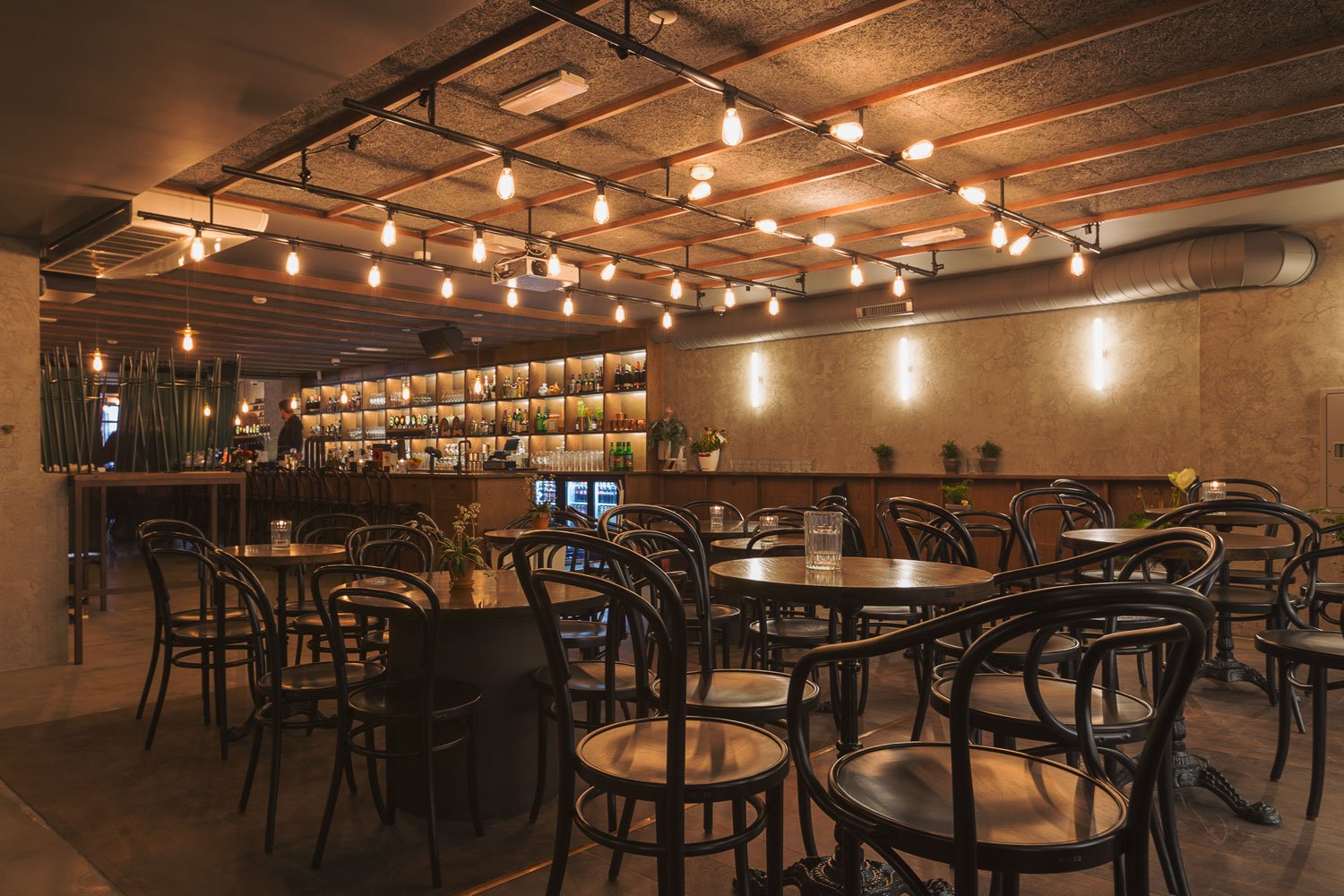Acoustics consultant Klaus Genuit says that new International Standards Organization guidelines for defining, measuring and evaluating soundscapes are a big step forward in guiding the creation of audibly fine restaurants.
“A soup might be delicious or not, but you can’t answer this by knowing the temperature of the soup. It is the same with restaurant soundscapes — you need a lot more information than just noise level,” said Genuit, president and founder of German sound engineering firm Head Acoustics.
He will present an application of the new ISO restaurant soundscape standards at the 177th Meeting of the Acoustical Society of America, which takes place May 13-17, at the Galt House in Louisville, Kentucky.
Genuit, who participated in the development of the new ISO standards, said restaurants present a particular challenge for soundscape design.

While in the ideal classroom even a student at the back can hear the teacher, “it’s quite the opposite in restaurant acoustics,” he said. “I don’t want to listen to the people at the table beside me, and I want to have acoustical privacy so they don’t hear me.” On the other hand, “you don’t feel comfortable if it’s too quiet,” he explained.
The new ISO TS 12913 standard, said Genuit, provides an updated framework for identifying a dining space with just the right mix of ambient sound, privacy and good at-my-table speech intelligibility.
For the first time, this includes the required use of binaural sound recording for room evaluation. Unlike a mono or stereo recording, a binaural recording is an immersive, 3D version that exactly recreates for a future listener the experience of being in a room.
“For a complex sound situation where you have a lot of sources, from tinkling cutlery to music and conversation, the selectivity of human hearing works only with binaural recording,” said Genuit. In 1986, he founded Head Acoustics by creating an artificial head, based on his doctoral research, with microphones in the place of ears to make binaural recordings.
The ISO guidelines also outline the analysis of the soundscape using psychoacoustics, which describes how a person perceives a sound, for example, as sharp or rough.
[rand_post]
“This perception is dependent on the context,” said Genuit, noting that a rough rumble sounds exciting if it’s coming from a car at a NASCAR race, but not if it is coming from the air conditioner at a bistro. Loud air conditioner noise is among the most annoying sounds in American restaurant soundscapes, according to Genuit.
Finally, the new ISO guidelines require acoustic consultants to talk with diners using a questionnaire to get a sense of their experience in the dining room. “You have to ask people how they feel in this sound environment,” said Genuit.
He hopes the new ISO standards will result in more five-star restaurant soundscapes where the quality of the acoustics matches the quality of the food.
